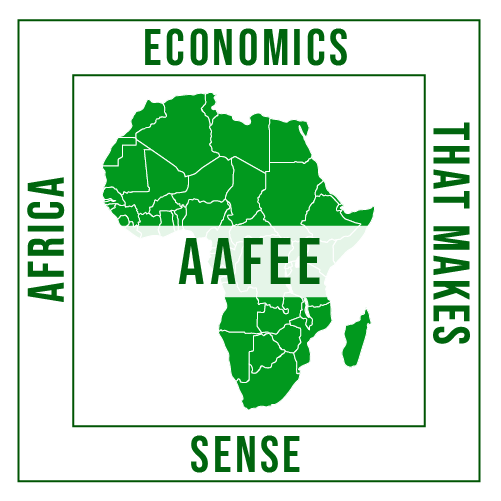Collective Institutions in Industrialized Nations
Economic Lessons for Sub-Saharan Africa
Samuel Enajite Enajero, Ph.D.
Evolutionary economics dichotomized economic development into two domains: generic and operant. According to institutional economics, changes at the generic domain are where development takes place. However, modern economic development models are constructed with variables at the operant (operational), leaving variables at the generic stage untouched. Therefore, developing nations of sub-Saharan Africa, which dearly and passionately uphold their fundamental institutions struggle with economic development. One of these essential institutions at the generic stage of development is collectivism. This book examines historical collective institutions in developed countries of Europe and Asia and how these institutions are precursor or complementary to modern market economies.
Although, modern free market economies are attributable to Adam Smith’s “pursuit of self-interest,” there are huge elements of collectivism in free market capitalism both in its historical and contemporary forms. Thus, this book is split into two parts: historical and contemporary collective institutions. Contemporary economic collective institutions are credited to “market failures” in mainstream neoclassical economic theories. However, collective institutions are the building blocks of industrialization. Nations in Western Europe are as collective as in the old Soviet Union and collectivism is well and alive in the United States as in China. The difference in these ideological blocks is the methods of creating and sustaining collectivism. Collective institutions produce all-inclusive conducive environment for economic activities to thrive; collective institutions influence individual economic choices; and collective institutions make voluntary contractual arrangements possible, thereby minimizing transaction costs by eliminating externalities.
Furthermore, contemporary neoclassical economic theories have no room for institutions in individual economic behaviors, apart from market institutions––price mechanism. Economic theories create a stylized economic person, who are always exhibiting “rational choice.” The impact of collective institutions in individual decision-making is examined in the book. Environments created by institutions other than the markets could have enormous influence over individuals. Thus, “institutional rationality” could lead to expected social progress. Collectivisms spearhead and enable “institutional rationality.” Societies without dynamic collective institutions rely on fundamental institutions at the zero order, which result to retrogressive or stagnant societies.
Table of Contents
Historical collective institutions are analyzed in part I. These collective institutions pave way to modern day’s collective capitalist democracy under the framework of neoclassical economic theories. Collective institutions under capitalist democracies are covered in part II of the book.
Chapter 1 – Introduction
Part I – Historical European, Asian and African Institutions
Chapter 2 – Historical European Collective Institutions
Chapter 3 – Historical Asian and African Institutions
Chapter 4 – Institutions, but what are Institutions?
Part II – Collective Institutions in Orthodox Economic Analyses
Chapter 5 – Collective Institutions, Altruism and Economics
Chapter 6 – Collective Actions and Economic Rationale for Democracy
Chapter 7 – Collective Actions and Public Goods
Chapter 8 – Collective Institutions and Macroeconomic Management
Chapter 9 – Conclusion

